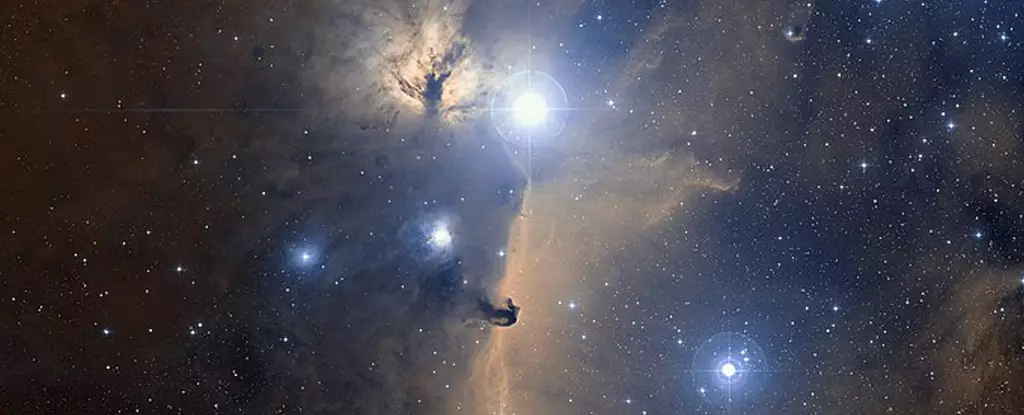Constellations have always required a bit of imagination to decipher. While some, like Leo or Orion, bear a resemblance to their namesakes, others, such as Pegasus or Telescopium, demand a powerful level of imagination to see their intended shapes. Even squinting or tilting our heads doesn’t always make them visible. This same challenge presented itself when examining images of two stone disks recently discovered at the entrance to an ancient fort in Italy.
Teams of experts meticulously examined the two stones unearthed in the Rupinpiccolo protohistoric hill fort in northeastern Italy. These stones bore subtle markings which, upon closer inspection, appeared to align with the positions of 28 bright stars in the night sky. At first, it required a concentrated effort to see the pattern, but upon further analysis, it seemed that these markings might indeed represent constellations.
The chisel marks found all over the stones sparked the suggestion that they may correspond to bright stars in the night sky. Given the universal recognition of certain star patterns across various human cultures, it seemed plausible that the markings on the stones could be identified. To validate this hypothesis, the research team employed statistical analysis against known astronomical asterisms, and the results were astonishingly accurate.
A total of 29 marks were present on the stones. Paolo Molaro and Federico Bernardini’s paper meticulously analyzed each mark and determined their corresponding stars. Nine of the marks aligned with the tail of Scorpius, while five represented Orion, including the stars of the belt, Betelgeuse, and Rigel. Additionally, nine marks correlated with the Pleiades cluster. The reverse side of one of the disks showcased five more marks, potentially representing Cassiopeia. However, one mark remained unexplained, presenting an intriguing mystery for further investigation.
While the marks on the stones aligned with the majority of the bright stars in each constellation, two notable exceptions were Bellatrix and Saiph, which may have eroded over time. However, the presence of an unidentified mark near Orion raises questions about its origins and purpose. This mark, situated close to Mu Orionis, a pair of physical binaries, and near the location of Epsilon Sagittarii, presents conflicting possibilities. Considering the precision of the other marks, the hypothesis of the unexplained mark representing a nova or supernova gains credibility. Additional observations and further analysis will be necessary to unravel this enigma.
It remains to be conclusively determined whether these stone disks truly represent a map of the night sky. The work of Molaro and Bernardini strongly suggests this conclusion, but more research is essential. The absence of a couple of prominent stars and the presence of an unidentified mark invite some doubt. Nevertheless, the fact that 28 marks on the stones match the positions of 28 stars indicates more than mere coincidence. If indeed these markings accurately reflect the constellations, then these stone disks may be regarded as one of the oldest sky maps ever discovered.
The marks on the stones are estimated to have been created between 1800 and 400 BCE. If their alignment with the stars can be confirmed, these ancient artifacts provide an unparalleled glimpse into the way our ancestors understood and interpreted the night sky. The significance of such a discovery cannot be overstated, as it sheds light on the early astronomical knowledge and cultural beliefs of protohistoric societies.
The two stone disks found in the Rupinpiccolo hill fort offer a tantalizing glimpse into our ancient past. These meticulously chiseled marks represent a potential map of the night sky, aligning with the positions of numerous bright stars. While some uncertainties remain, the precision and consistency of the markings suggest a deliberate attempt to depict the constellations. As research continues, these ancient stone disks may rewrite our understanding of early astronomical knowledge and the cultural significance of the cosmos to ancient civilizations.


Leave a Reply